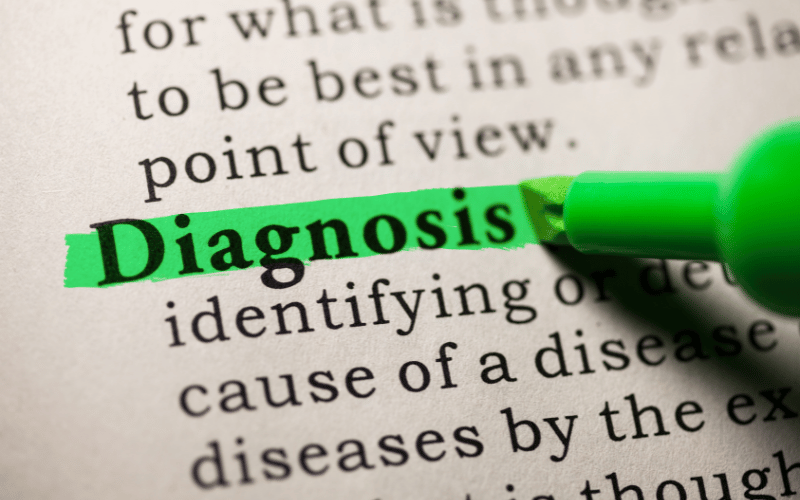Introduction: The Intricacies of BPD

Borderline Personality Disorder, frequently shortened to BPD, remains a topic of interest and concern for both the medical community and the public at large. It’s a condition that seems to exist in the shadows of more commonly discussed disorders, yet its impact is profound, shaping the lives of those who suffer from it and the people around them.
Nestled under the umbrella of mental health disorders, BPD (also sometimes referred to as Emotionally Unstable Personality Disorder) profoundly impacts an individual’s self-perception, emotions, and relationships. This disorder isn’t simply about mood swings or being “emotional.” It delves much deeper, touching on fears of abandonment, self-image disturbances, impulsive decisions, and intense emotional responses that can be challenging to regulate.
Understanding BPD isn’t just about knowing its clinical definition. It’s about recognizing the human experience behind the label, empathizing with the struggle of managing daily life with such fluctuating emotions, and acknowledging the strength it takes to seek help and treatment. This article aims to shed light on 15 fundamental facts about BPD to offer clarity and knowledge.
Fact 1: Definition and Diagnosis

Borderline Personality Disorder, commonly known as BPD, is a mental health condition that has intrigued psychologists and researchers for decades. Its complexity extends beyond the mere label. It involves a spectrum of symptoms and patterns that make its identification both crucial and challenging.
Diagnosis is no walk in the park. It often starts with recognizing patterns in emotional instability, disturbed self-image, and tumultuous relationships. However, one can’t merely take these symptoms at face value. A thorough psychological evaluation is the order of the day. This involves understanding an individual’s past, their experiences, and their emotional responses in various circumstances.
Why such a rigorous diagnostic process? Because BPD isn’t a one-size-fits-all condition. Each person’s journey, experiences, and manifestations of the disorder can differ remarkably. Therefore, it’s imperative to ensure that the diagnosis is holistic and not solely based on superficial symptoms.
As we dive deeper into what BPD entails, it’s essential to understand the unique narratives behind each diagnosis. Every person with BPD has a story, a life filled with challenges, battles, and moments of resilience. Recognizing these narratives is crucial to provide them with the tailored care they deserve.
A correct diagnosis isn’t just about categorizing. It’s the first step on the road to recovery, understanding, and acceptance. It paves the way for therapeutic interventions, enabling individuals to lead fulfilling lives despite the challenges they face. (1)